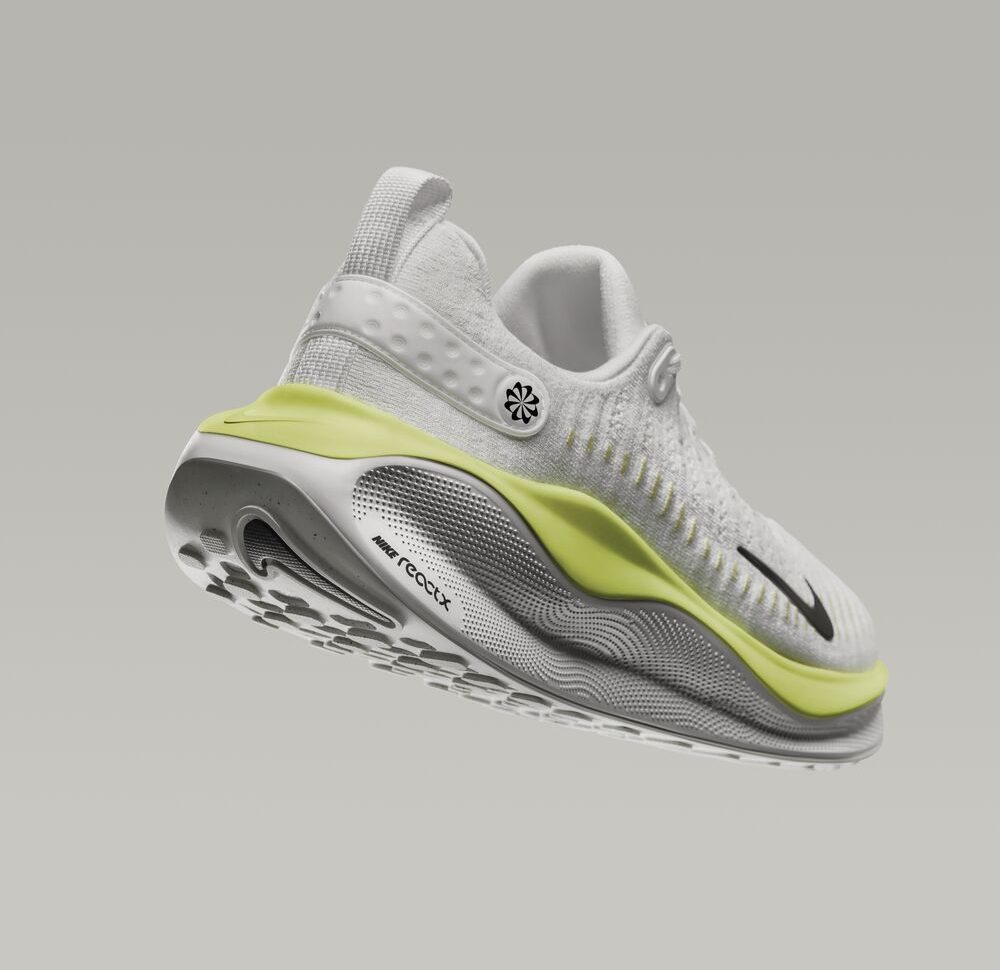
Water Conservation: 7 Simple Ways to Save Water at Home and in Your Business
Water is one of our most precious resources, yet it is often wasted without thought. ...

Nike‘s ReactX footwear is engineered to cut down its carbon footprint in a pair of midsoles by at least 43% due to reduced energy in the manufacturing process, and increase energy return by 13%.
The resulting balance between performance and environmental impact in ReactX foam is a feat of sport performance engineering.
The industry has two traditional methods of making foam, which can be summarized as either injection or compression molding. The overall process for injection is simpler, and thus carries a lower carbon footprint — but it also tends to have lower energy return, and a lower performance benefit. On the other hand, compression molding delivers more responsive foams with higher energy return, but also creates more waste and uses more energy to make it.
ReactX foam was researched, developed and tested over five years to craft a formulation that hits the sweet spot between performance and environmental impact. In putting the material through an injection process, rather than through compression molding, the new foam delivers a higher energy return without creating a higher carbon footprint.
The new shoe pairs ReactX foam with an all-new Nike Flyknit upper that allows maximum airflow, breathability, flexibility, and containment, with a soft, supportive foam collar. The lightweight fabric uses an average of 60% less waste than traditional footwear-upper manufacturing. The updated upper also features increased volume in the toe, a midfoot support system and a water-resistant liner.
Materials represent about 70% of Nike’s overall carbon footprint. Scaled advances in more sustainable materials will influence the entire sportswear industry to create more environmentally responsible product.
اترك تعليقا